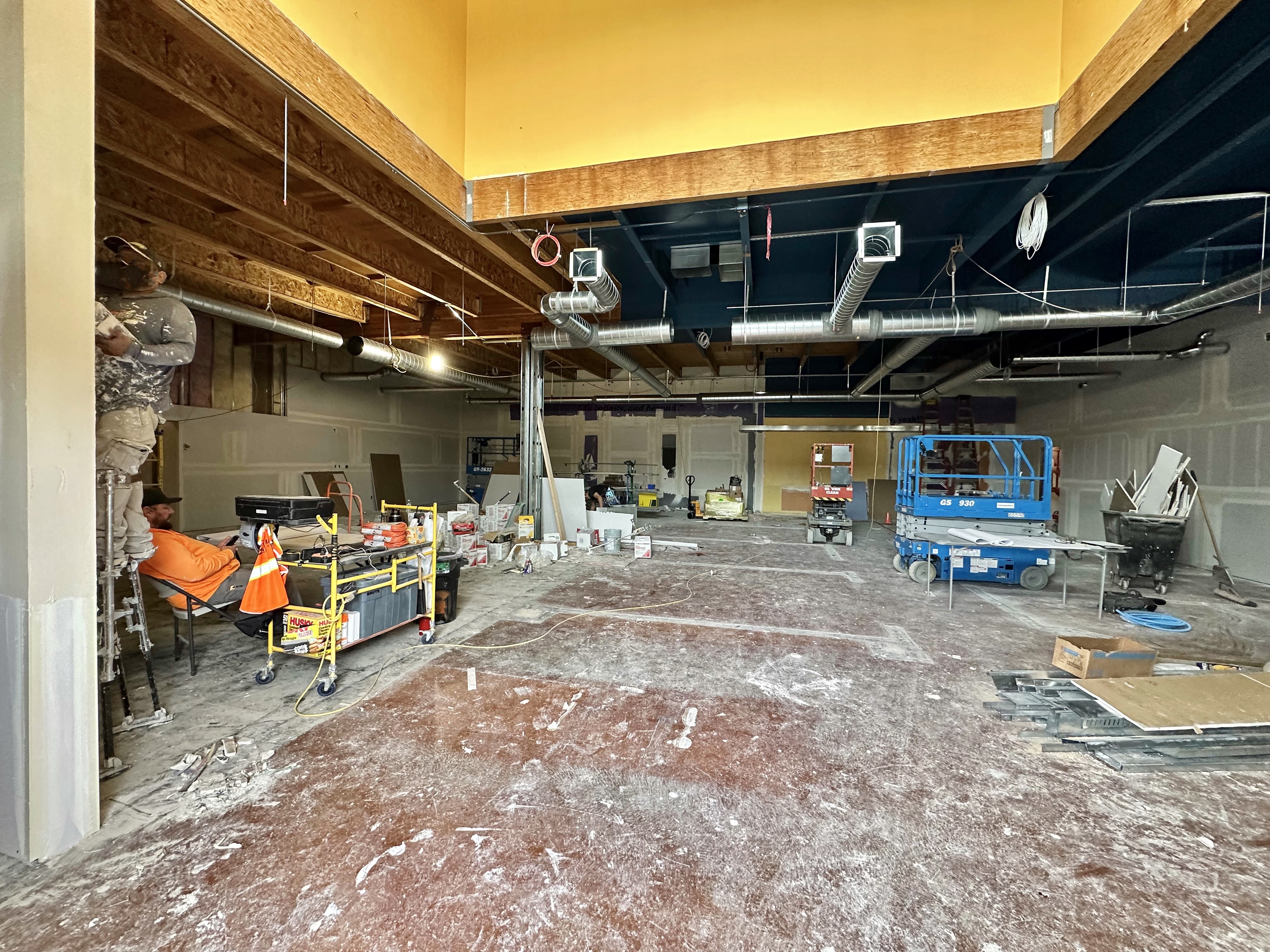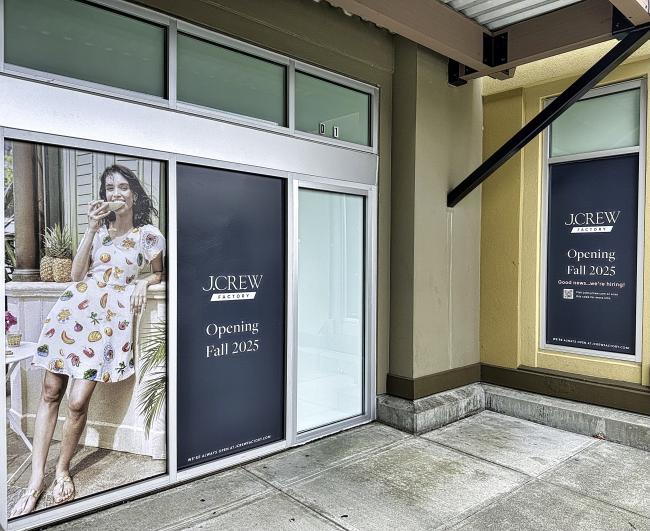J. Crew Factory store coming to Westwood Village
A J. Crew factory store is coming to the former GameStop location at Westwood Village.
Photo by Patrick Robinson
Wed, 07/09/2025
A J. Crew Factory store is coming to the former GameStop location in Westwood Village. It's set to open this fall.
J.Crew sits in the mid-tier fashion market, offering quality pieces that are more affordable than luxury brands but pricier than fast fashion. Here's a breakdown:
General Price Range
| Category | Typical Price Range |
|---|---|
| T-shirts & Tops | $30–$80 |
| Pants & Chinos | $80–$120 |
| Dresses | $100–$300 |
| Blazers & Jackets | $150–$350 |
| Cashmere Sweaters | $120–$400 |
| Shoes & Accessories | $60–$250 |
-
Frequent sales and promotions (30–40% off) make prices more accessible.
-
Compared to brands like Gap, J.Crew is statistically more expensive, with an average price difference of $34–$76 per item.
Target Age Range
-
Historically aimed at 18–35-year-olds, especially young professionals and style-conscious college grads.
-
The brand is now trying to appeal to Gen Z while retaining its classic-loving Millennial base.
-
J.Crew’s aesthetic — preppy, tailored, and versatile — resonates with those seeking polished but approachable fashion.
J.Crew operates several types of retail stores, each tailored to different customer needs, price points, and shopping experiences. Here’s a breakdown of the key differences:
J.Crew (Mainline Stores)
These are the flagship stores offering the brand’s full-price, premium collection.
• Product Quality: Higher-end materials and construction
• Designs: Original, trend-forward, and often exclusive
• Price Point: Premium pricing
• Location: Typically in upscale malls or urban shopping districts
• Experience: Polished, boutique-like atmosphere with personalized service
J.Crew Factory
This is J.Crew’s outlet brand, offering more affordable versions of the mainline styles.
• Product Quality: Slightly lower; uses more synthetic fabrics and simplified construction
• Designs: Inspired by past J.Crew styles but made specifically for Factory
• Price Point: 30–60% lower than mainline
• Location: Found in outlet malls and online
• Experience: Standard retail setup, focused on value and volume.

Here's a quick history of the company:
-
1947: Founded as Popular Merchandise, Inc. by Mitchell Cinader and Saul Charles, selling low-priced women’s clothing via in-home demos.
-
1983: Rebranded as J.Crew, launching its first catalog with a preppy, aspirational aesthetic curated by Emily Cinader Woods.
-
1989: Opened its first retail store at South Street Seaport in NYC, expanding beyond mail-order.
Expansion and Influence
-
1990s: Catalogs boomed — 24 editions a year, 80+ million copies mailed. Factory stores and international ventures followed.
-
2003: Mickey Drexler (ex-Gap CEO) took the helm, transforming J.Crew into a lifestyle brand. Jenna Lyons became creative director, defining its modern aesthetic.
-
2008–2010: Michelle Obama wore J.Crew publicly, boosting its cultural cachet.
Financial Turbulence
-
2006: Went public, raising $376M.
-
2011: Taken private in a $3B leveraged buyout by TPG Capital and Leonard Green & Partners.
-
2014–2020: Faced mounting debt, declining sales, and identity confusion. Filed for Chapter 11 bankruptcy in May 2020.
Reinvention and Recovery
-
2020–Present: Emerged from bankruptcy, appointed Libby Wadle as CEO, and refocused on quality, sustainability, and inclusive sizing.
-
Collaborations with designers like Brendon Babenzien and platforms like ThredUp helped modernize its image


